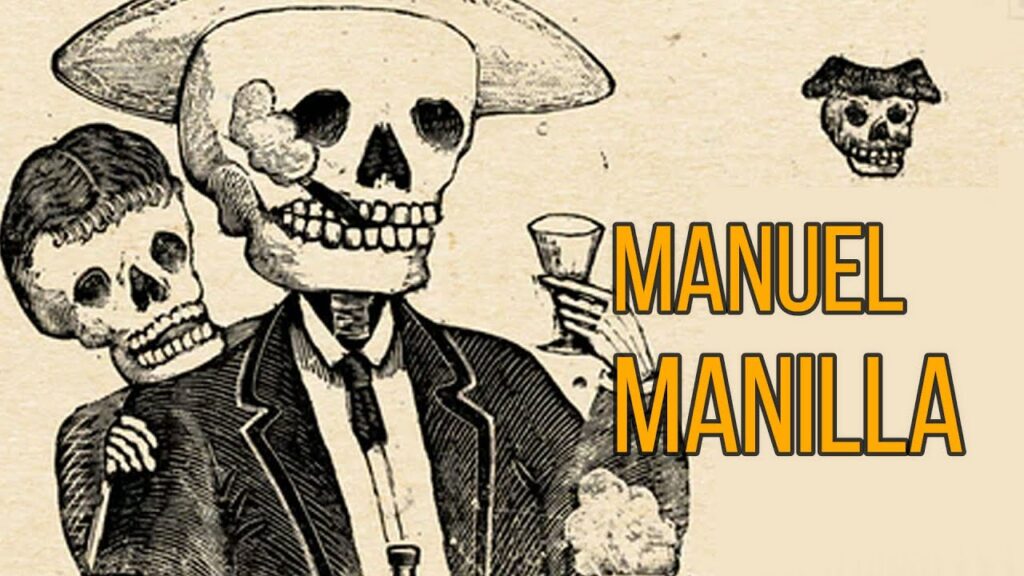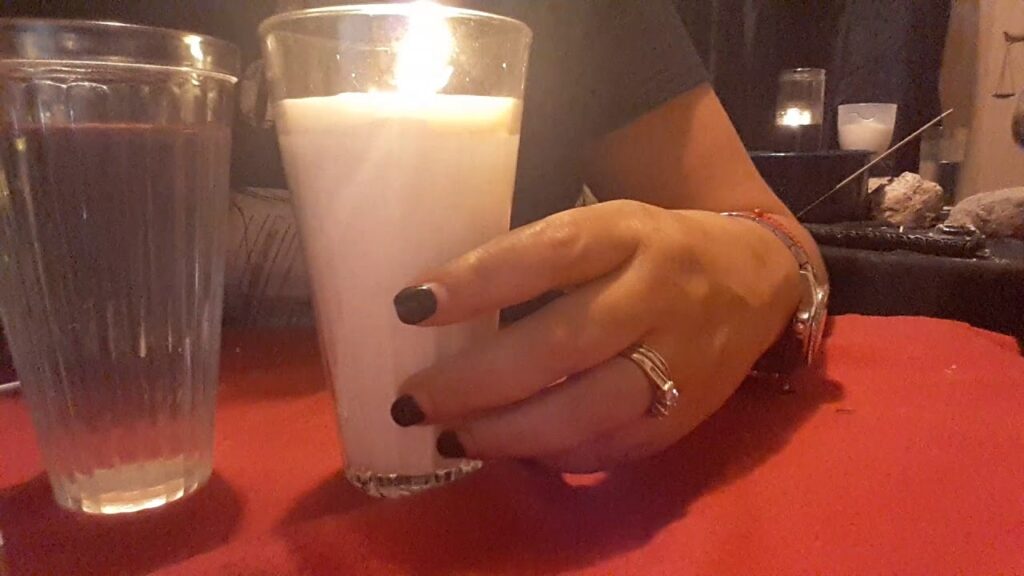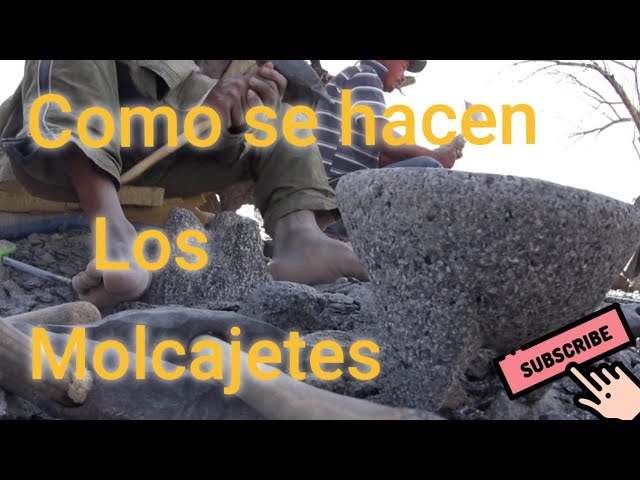The True Origin of Mexico’s Joyful Skeletons: Manuel Manilla’s Legacy
In the rich tapestry of Mexican culture, the whimsical images of smiling skeletons, known as “calacas,” have become symbols of celebration rather than sorrow, especially during Día de Muertos (Day of the Dead). Yet, the true origin of these joyful depictions of the afterlife begins with an artist less known than his successor, José Guadalupe Posada. Manuel Manilla, an illustrator of the late 19th century, is the true pioneer who infused the skeleton motif with humor and levity, laying the groundwork for what would become an iconic element of Mexican heritage.
Manilla’s work was characterized by its socio-political commentary and the way it portrayed the skeletons engaging in everyday activities. It wouldn’t be an overstatement to say that his art was a celebration of the common man’s life and death, regardless of social standing. These illustrations spoke to the universality of death, a resounding message that resonated strongly with the Mexican people, who embraced these motifs as part of their cultural identity. By depicting skeletons alongside texts that highlighted the ironies and injustices of society, Manilla challenged the status quo and paved the way for a more satirical approach to art and death.
It’s during the print era that Manuel Manilla’s influence truly shone. His collaboration with famed publisher Antonio Vanegas Arroyo led to the widespread distribution of his artwork. In the buzzing printing workshops, Manilla’s skeletons started to appear in broadsheets, which were widely read by the Mexican populace. This partnership not only catapulted Manilla’s creations to new heights of popularity but also set a precedent for how art could be made accessible and relevant to the everyday lives of people.
Today, Manuel Manilla may not be a household name, but his artistic legacy lives vibrantly through Mexico’s cultural canvas. From the paper maché figures that adorn the streets during Día de Muertos to modern interpretations in popular media, Manilla’s influence dances through the ages. His joyful skeletons continue to remind us that life is to be celebrated, in death as much as in life, with a generous dose of humor and a playful wink at our own mortality.
Unveiling the True Artist Behind Día de Muertos’ Cheerful Calacas
The vibrant and jubilant skeletons, known as calacas, have become synonymous with Mexico’s Día de Muertos, or Day of the Dead celebrations. Far from the macabre imagery that skeletons usually evoke, these cheerful calacas dance, play music, and laugh, embodying the festival’s life-affirming spirit. It’s the artistry of Mexico’s folk artists that breathes life into these skeletal figures, turning them into beloved icons of a holiday that honors the memory of the departed.
One artist, however, stands out among the creators of these colorful figures – José Guadalupe Posada. A political printmaker and cartoonist by trade, Posada’s work was foundational in popularizing the calaca figure through his character, La Catrina. Originating in the early 1900s, La Catrina was a satire of Mexican natives who Posada felt were aspiring to adopt aristocratic European traditions. Over time, this image became firmly meshed with the Día de Muertos festival, transforming into a representation of the playful nature of death in Mexican culture, a sentiment echoed in every calaca that followed.
Today, artisans across Mexico draw inspiration from Posada’s legacy as they craft calacas in every conceivable form. From miniature clay figurines to grandiose paper-mâché sculptures, these artists use a variety of materials to express the whimsical side of the afterlife. Each calaca artistically narrates stories that transcend the boundaries of life and death, inviting us to witness a tradition that not only celebrates the departed but also critiques social norms in a manner as relevant today as it was over a century ago when Posada first introduced his skeletal dame to the world.
The Misattribution of Joyful Calacas: Rediscovering Manuel Manilla’s Work
In the vivid tapestry that is Mexican folk art, the whimsical skeletons known as calacas dance through the nation’s cultural narrative, especially during Día de los Muertos celebrations. One artist, Manuel Manilla, an often overlooked figure of the late 19th and early 20th century, made significant contributions to this iconic art form. His work, once misattributed to his more famous contemporary, José Guadalupe Posada, is starting to receive the recognition it deserves. Through renewed interest and academic investigation, Manilla’s contributions are emerging from the shadows, allowing us to appreciate the originality and the distinct charm of his imagery.
Manilla’s illustrations, characterized by their playful and at times irreverent portrayal of death, capture the quintessentially Mexican attitude towards the afterlife. Unlike the grim reaper of European lore, Manilla’s calacas are joyful, participating in everyday activities and mocking the living’s fear of death. This distinctive feature is not just artistic expression but a cultural statement resonating with Mexico’s complex history and attitudes toward mortality. Rediscovering Manilla’s pieces today helps us understand how deeply rooted these images are in the nation’s psyche and how they have influenced generations of artists that followed.
The journey to properly attribute the creations of these delightful skeletons to Manilla has been a complex one. For decades, his work was overshadowed by the celebrity of Posada, whose name became synonymous with Mexican skeleton art. It was not until the painstaking efforts of researchers combing through archives and comparing stylistic nuances that Manilla’s distinctive touch was acknowledged. The process has been slow, but as scholarship advances, exhibitions are beginning to spotlight his unique contributions, and collectors are keen to identify his pieces, further cementing his rightful place in the annals of Mexican art history.
Manuel Manilla’s artistic legacy offers a more nuanced perspective of the Mexican relationship with death and artistry. Delving into his corpus of work, with its rich complexity and its mischievous nods to the fragility of life, enthusiasts and scholars alike are prompted to reevaluate their understanding of this genre. As more of Manilla’s pieces are correctly attributed to him, we stand to gain a fuller, richer picture of Mexican iconography and folklore, an adventure in its own right that recalibrates the story of the ‘joyful calacas’ and their place in the visual lexicon of Mexico.
Manuel Manilla vs. Guadalupe Posada: The Real Creator of the Day of the Dead’s Festive Skeletons
When the vibrant parades and celebrations of Day of the Dead (Día de los Muertos) sweep across Mexico, one figure stands out amongst the festivities: La Catrina, the elegantly dressed skeleton that has become synonymous with the holiday. But the true origin of these captivating skeletons, often mistaken solely as the work of the famous printmaker José Guadalupe Posada, is a tale tangled in historical roots. The lesser-known, yet critically important, Manuel Manilla, an illustrator active before Posada, played a pivotal role in the creation and popularization of these festive figures.
Manilla’s work in the late 19th century laid the foundation for the iconic imagery. His illustrations, characterized by their satirical edge and social commentary, featured skeletons engaging in everyday life activities, pointing a humorous finger at the Mexican upper class and political figures. It wasn’t just art; it was a mirror reflecting societal norms and casting a critical eye on the issues of the day. A teacher to Guadalupe Posada, Manilla’s influence can be seen in the latter’s prolific body of work which eventually led to the figure of La Catrina.
While Guadalupe Posada is lauded for his Day of the Dead artwork, often achieving most notoriety through “La Calavera Catrina,” it was Manuel Manilla who arguably initiated the artistic journey of calaveras in Mexican culture. Manilla’s depictions, though less recognized, share a distinct connective tissue with Posada’s creations. This has led to debate among historians and cultural aficionados alike: who truly is the father of the Day of the Dead’s festive skeletons? As the public becomes more aware of Manilla’s contributions, his legacy is gradually stepping out from the long shadow cast by Posada’s fame.



